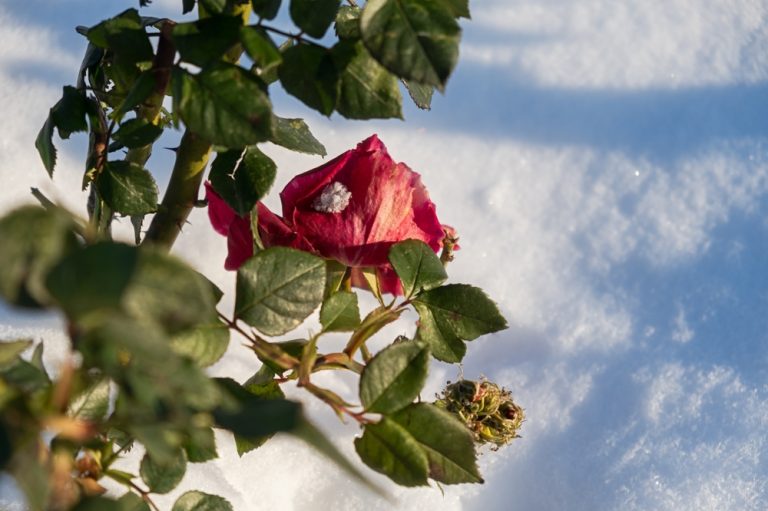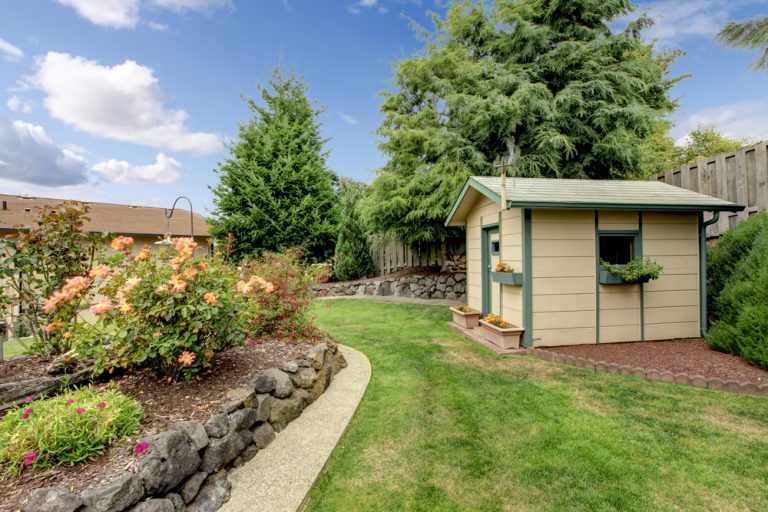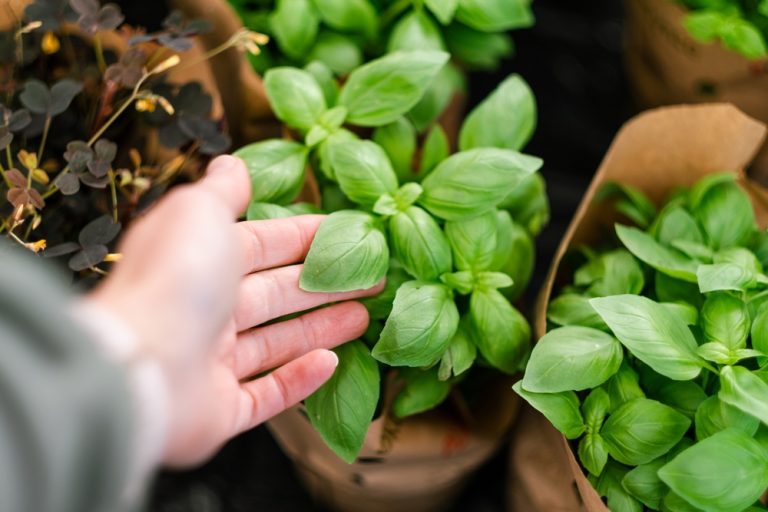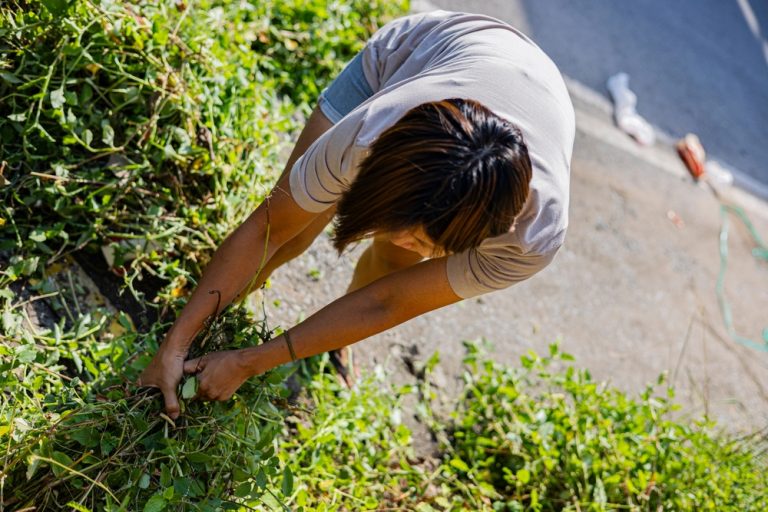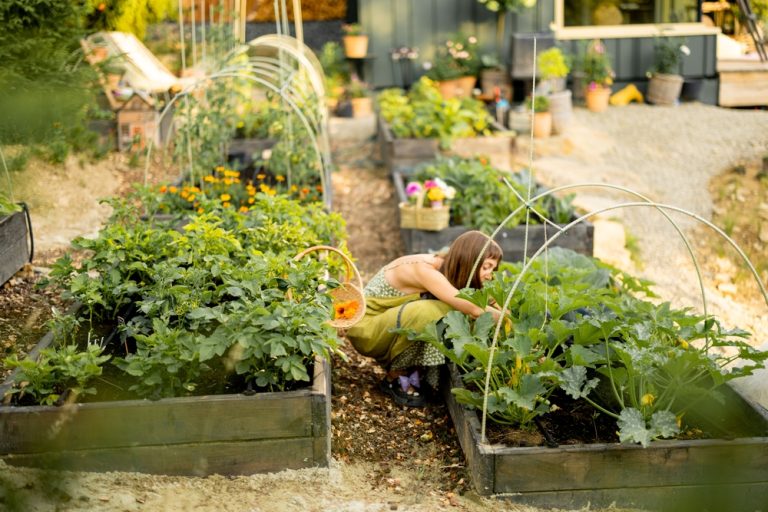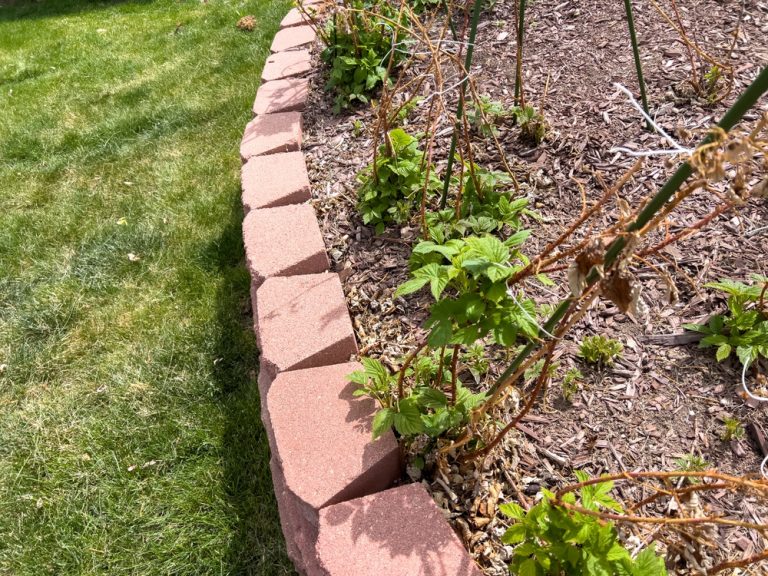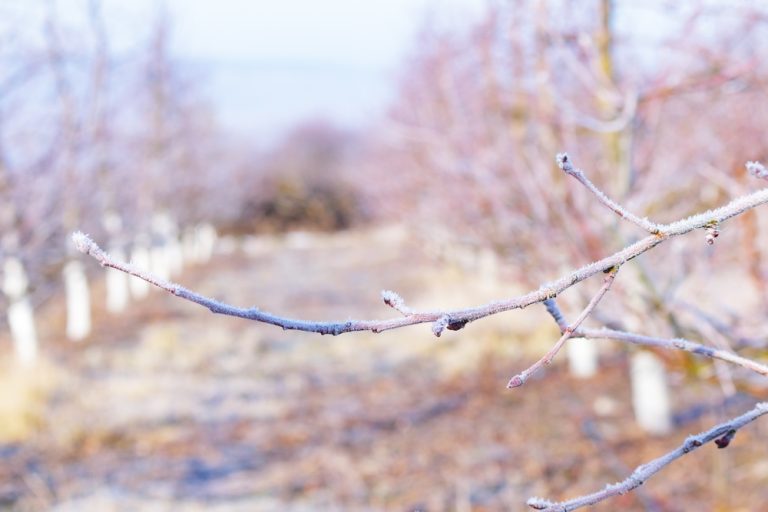The first snow can turn your whole world upside down. One night, everything looks calm and cozy, and by morning, your plants are trapped under a frosty surprise that exposes every bit of neglect. This moment is thrilling, dramatic, and a little dangerous for your outdoor space if you’re not prepared. Snowfall is nature’s deadline,…
garden tips
8 Garden Sheds You Should Insure for the Winter Months
Winter doesn’t politely knock before causing trouble, it barges into your backyard with ice, wind, snow, and a long list of repair bills. One overlooked storm can turn a humble garden shed into a frozen regret filled with warped wood, cracked tools, and soggy memories. While most homeowners focus on roofs and furnaces, the structures…
How Your Garden’s Colour Palette Changes when the Leaves Are Gone
Autumn’s finale isn’t the end—it’s a backstage pass to the secret world of your garden’s hidden hues. When leaves tumble, the vibrant greens and fiery reds take a bow, leaving behind a canvas most gardeners barely notice. Suddenly, what seemed drab is dazzling, and textures and tones you never appreciated start stealing the spotlight. Bark…
7 Cold-Weather Herbs That Taste Better Than Store-Bought
Winter doesn’t have to be a culinary wasteland ruled by bland jars and dusty spice racks. When the temperature drops, a surprising number of herbs actually step up their game, developing deeper flavors, tougher leaves, and personalities that laugh in the face of frost. These cold-weather heroes thrive when the air is crisp, the soil…
Do You Know Which Plants You Should Pull and Which You Should Leave?
Your garden is a living, breathing battleground, and every leaf has a story that might surprise you. One moment you’re admiring fresh green growth, and the next you’re wondering if that newcomer is a future flower or a silent saboteur. Some plants arrive with good intentions, others sneak in wearing disguises, and a few deserve…
5 DIY Raised Beds That Keep Working Under Frost
Winter has a reputation for slamming the brakes on gardening, but frost doesn’t have to mean failure, frozen dreams, or limp lettuce. When the air turns sharp and the ground stiffens, smart gardeners quietly switch tactics instead of surrendering. Raised beds, when built with cold in mind, become tiny fortresses that trap warmth, protect roots,…
Why Using Native Plants Makes Your Winter Garden Resilient
Winter can be a battlefield for gardeners. Frost bites, icy winds, and endless gray skies test even the most dedicated plant lover. Yet, there’s a secret weapon hiding in plain sight: native plants. These local heroes aren’t just surviving—they’re thriving, turning your winter garden into a resilient, low-maintenance paradise. From dazzling textures to surprising bursts…
9 Ways to Use Garden Lights & Reflective Surfaces to Make Winter Plants Pop
Winter gardens can feel a little sleepy, draped in frost and bare branches, but with the right touches, your plants can shine like they’re on the red carpet. Cold weather doesn’t have to mean dull or drab—think twinkling lights, gleaming reflections, and clever illumination that make every shrub, tree, and evergreen star in their own…
12 Creative Garden Borders You Can Install in December
Winter might have settled in, but that doesn’t mean your garden has to hibernate. December is actually the perfect month to plan, prep, and install unique borders that will make your garden pop come spring. From whimsical twists to practical designs, the right border can transform the edges of your garden into eye-catching statements. Whether…
What Gardeners Should Do Before the Frost to Avoid Disaster
The air is crisp, the leaves are turning fiery shades of orange and red, and the first hints of frost are whispering through the garden. For gardeners, this time of year is thrilling but also a little nerve-wracking. One missed step, one forgotten plant, and a hard frost can turn months of labor into a…
